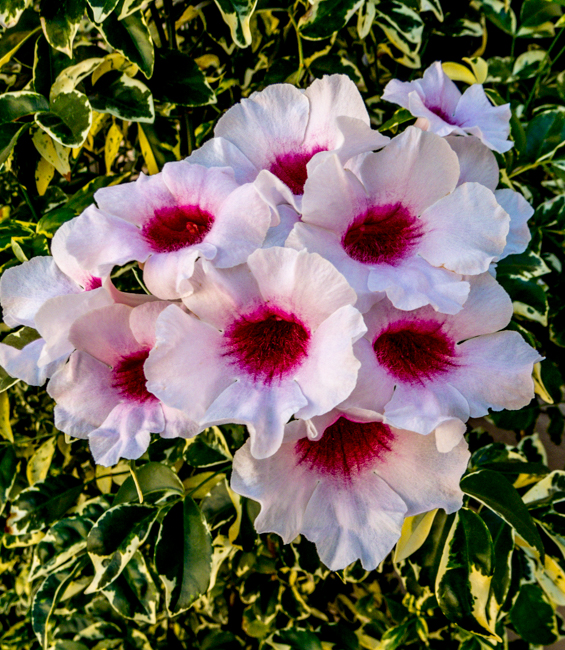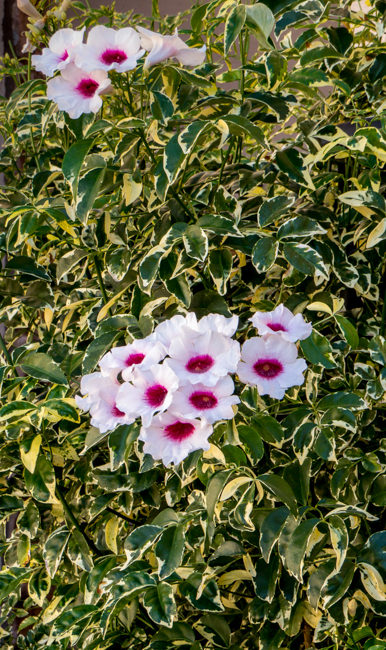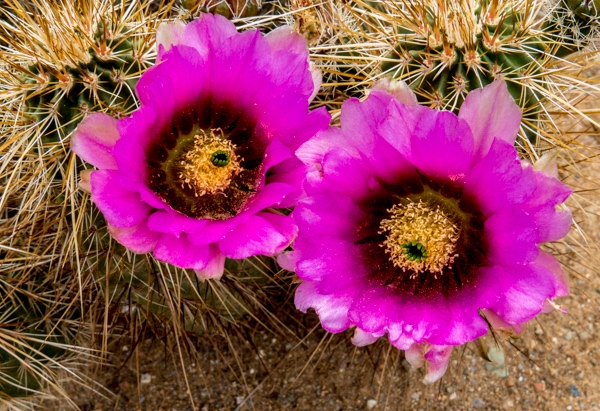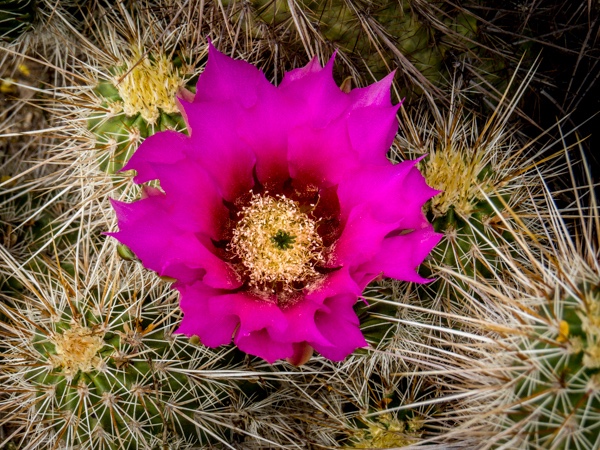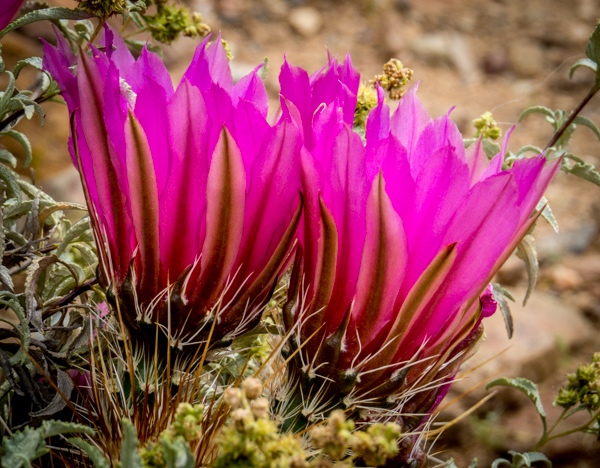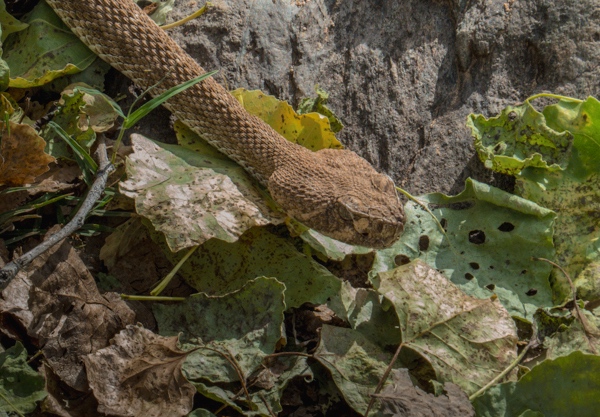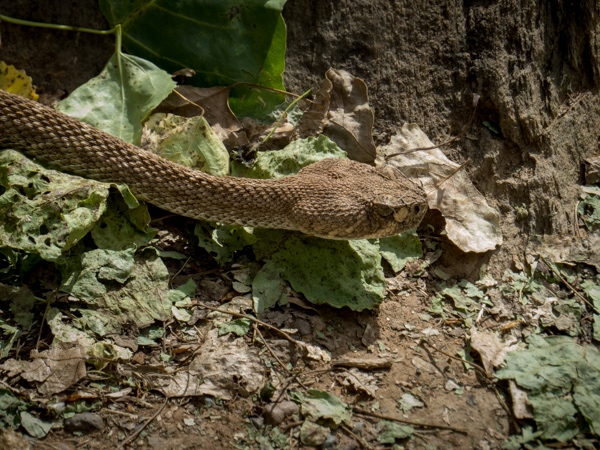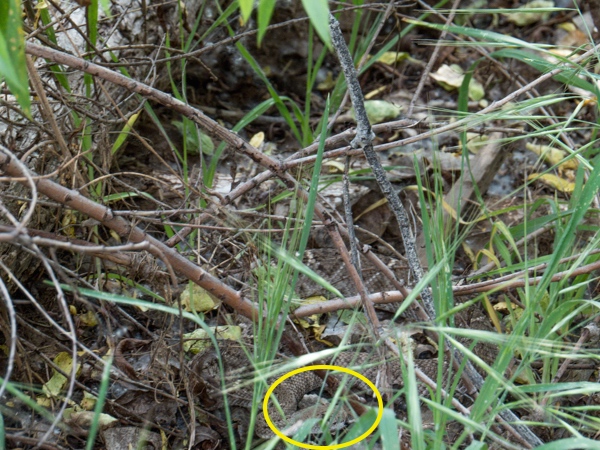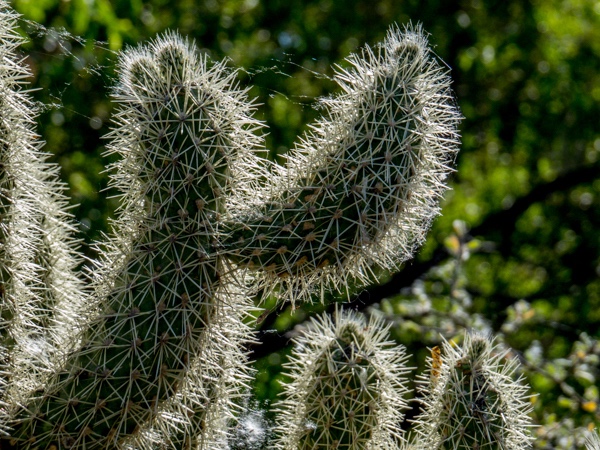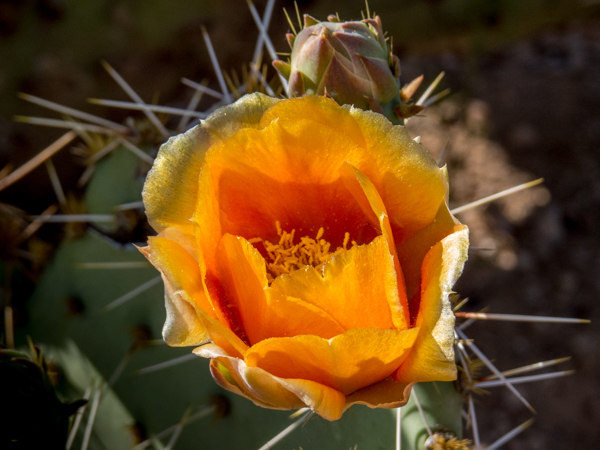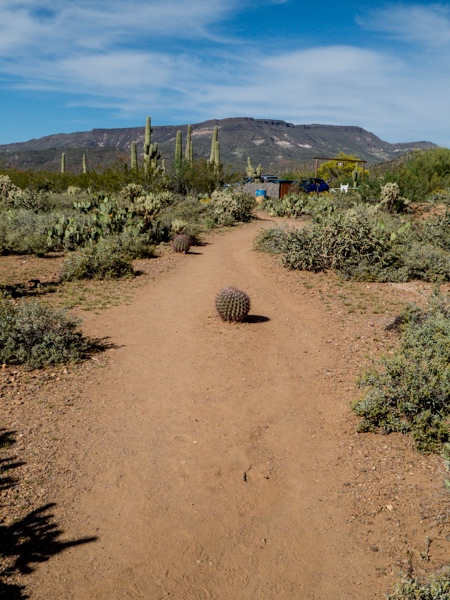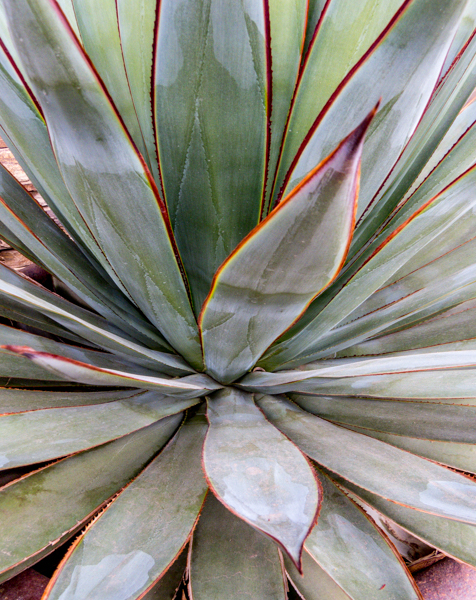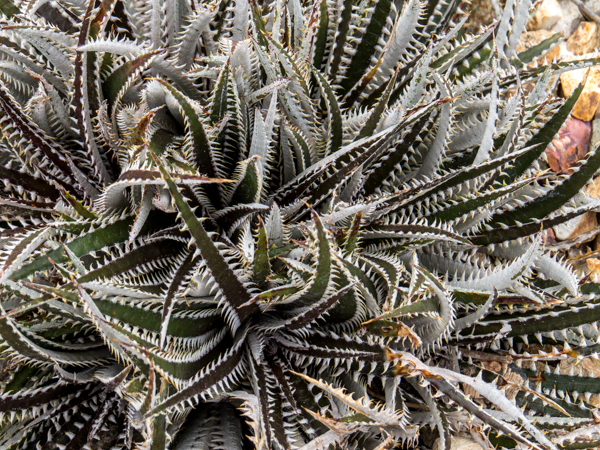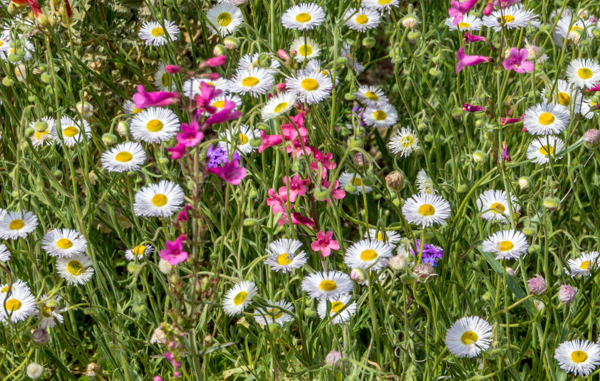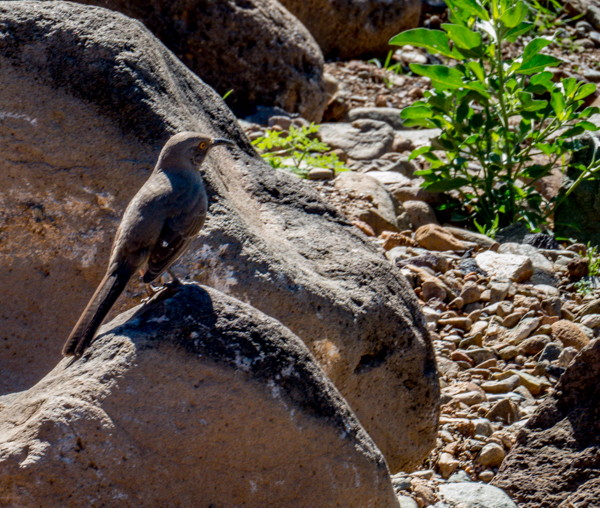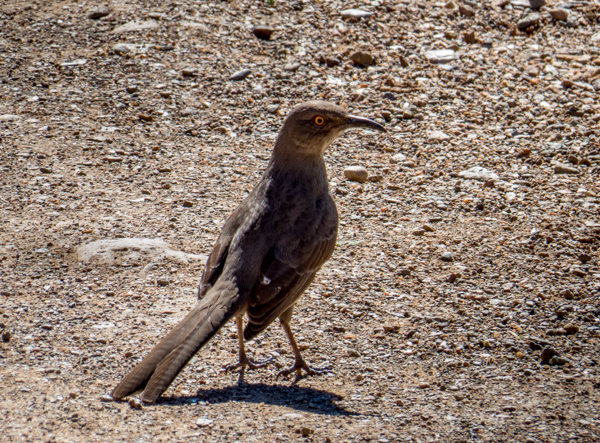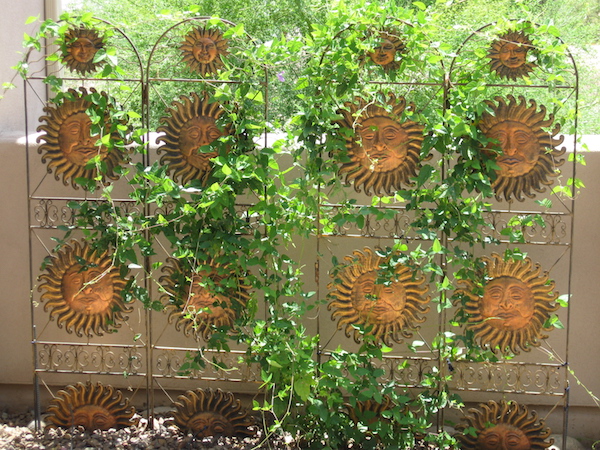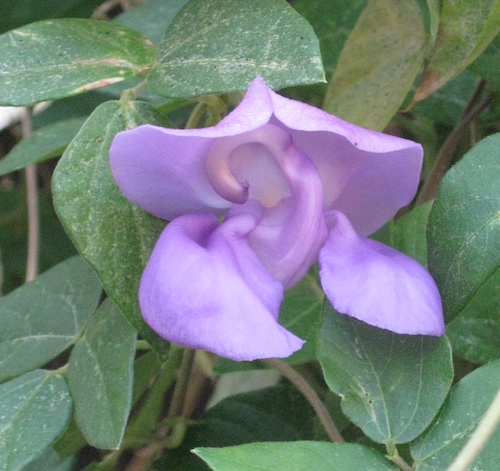NOTE: The order in which the birds and narratives appear are not the actual order in which they were seen during our bird walk.
As a follow up to Part 1 of our bird walk at the Gilbert Water Ranch, in Gilbert, AZ I am posting some additional pictures and narratives. As you might expect at something called a water ranch, this is a habitat for numerous ducks and other water fowl although having it in a desert is somewhat unique. The Mallard pictured below watched us as we watched him strike up a nice profile.
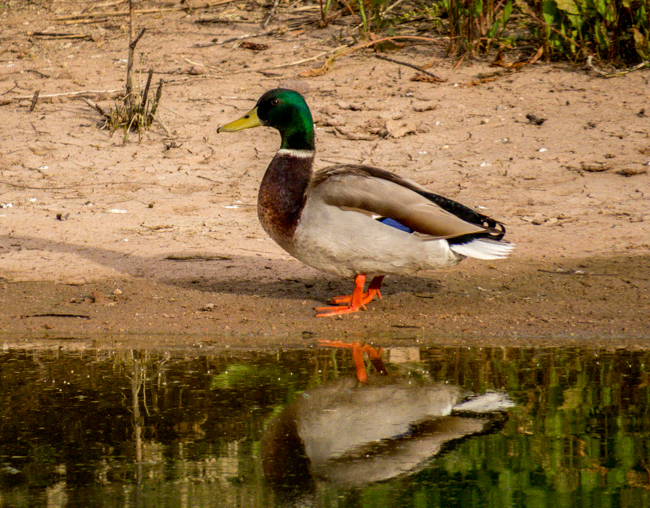
We also came across what appears to me (and I’m no expert) a Snowy Egret. He was looking intently in the water for some victuals.
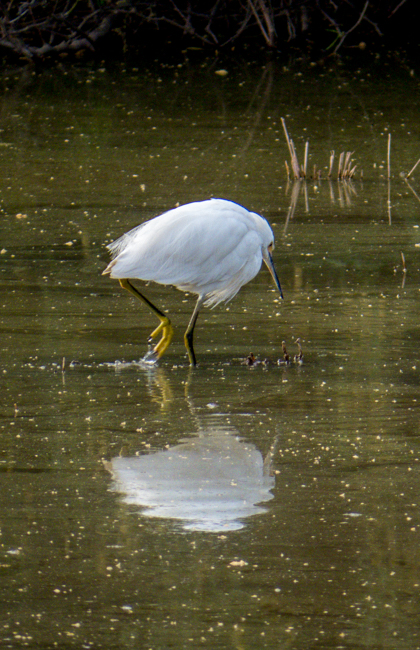
Every once in a while he looked up to allow me to snap this shot of him.
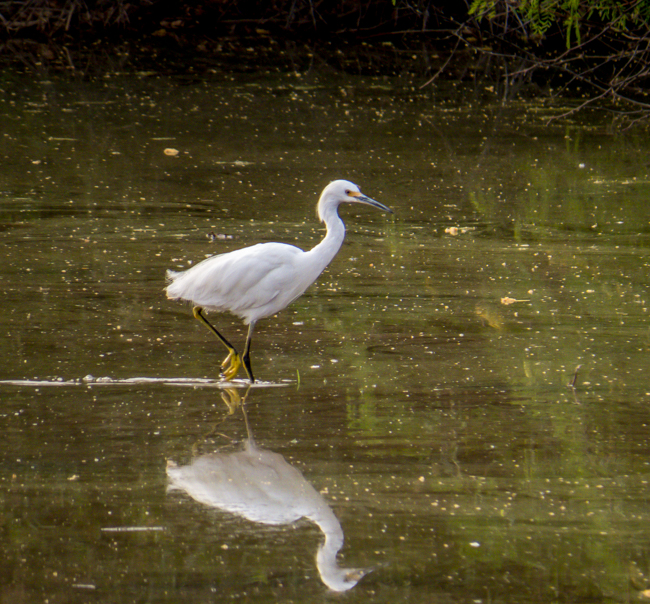
The group spotted a nest in this tree and there was a fair amount of activity around it. We saw a Verdin poised next to it. There was another nest nearby and we were wondering whether one was a fledgling nest while the other was home for adults.
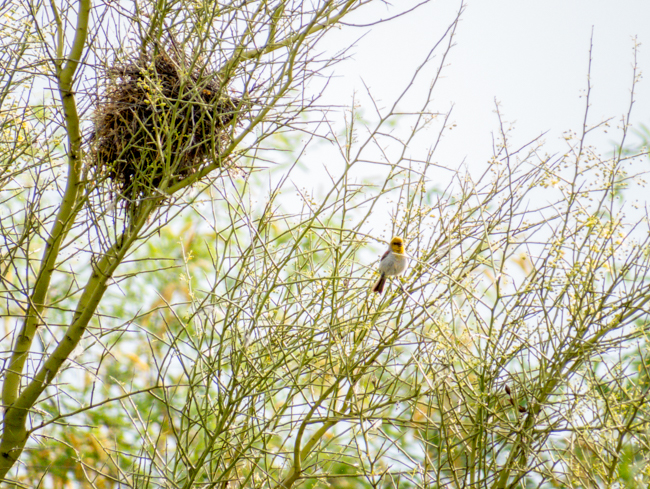
Although I had seen American Coots on a number of occasions, this is my best picture so far of the bird with its white beak. I also like the color of the eye against the dark feathers; nice! While this bird looks somewhat like a duck, it has a classification of its own.
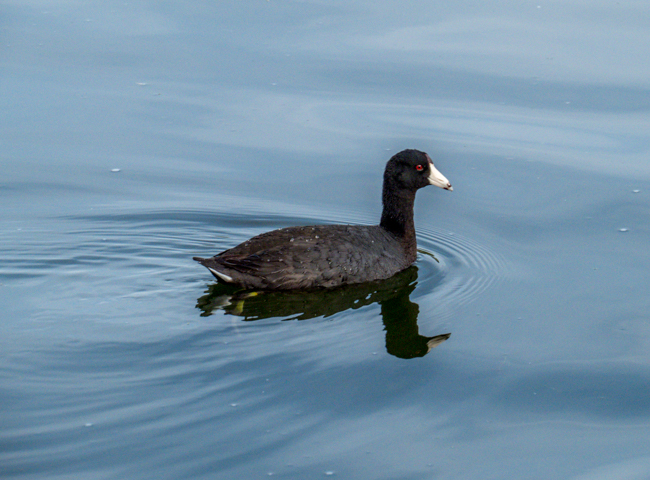
This fellow looked to me like a Great Egret.
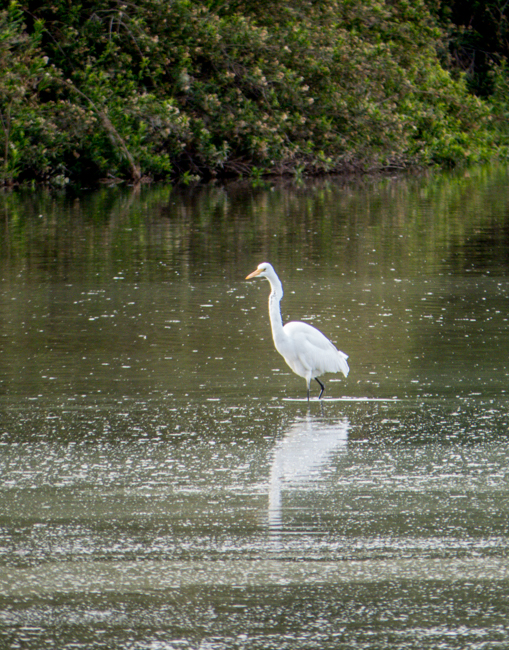
One of the last birds we saw this day, which was a surprise sighting since we were sitting around having snacks and reviewing which birds we had identified, was a Cassin’s Kingbird. He just appeared high in the tree and stayed for a while so we could marvel at his beautiful coloration.
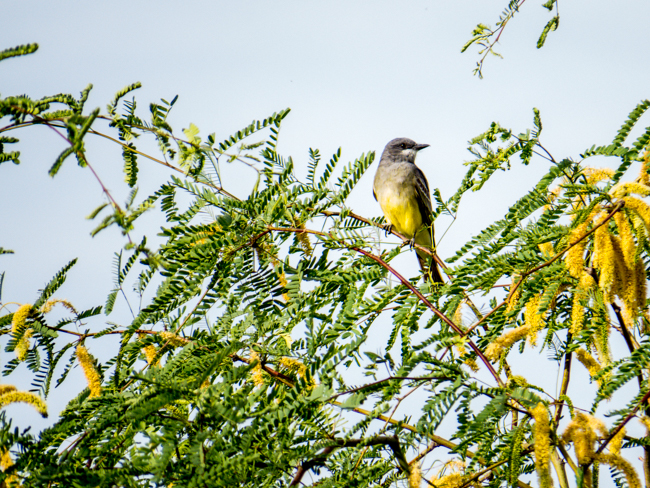
I will finish the bird walk next week with some more notes and photographs. Which bird photo did you find most interesting?
